Advent
We can trace the church calendar all the way back to the principal feasts of Judaism in the Old Testament. Ever since, there have been specific rhythms and seasons to commemorate different aspects of God’s story. Specifically our current church calendar revolves around the incarnation (Christmas cycle) and the resurrection (Paschal/Easter cycle). Keeping this calendar is a way of redeeming time (Ephesians 5:16), of incorporating certain spiritual practices (remembering, celebrating, fasting, almsgiving, repenting, to name a few) with the changing seasons.
The beginning of the church calendar is the first Sunday of Advent. The theme of Advent is preparation for the arrival of the coming King. In Advent, we look back in time, putting ourselves in the shoes of those who were eagerly waiting for the birth of the Messiah, and look forward to his second advent, when Christ will return in glory. The color of the season of Advent is purple, reflecting that Christ was born the King of Kings. As a penitential season, Advent is a time for fasting, prayer, and almsgiving, though these disciplines are not emphasized as much as they are in Lent. Throughout this season, we especially want to meditate on the question of what it would mean for us to be prepared for Jesus to return.
There are many traditional, well-loved ways to engage with this season of preparation and waiting for the coming King, such as Advent wreaths and calendars. Another means of marking time in Advent, the Jesse tree. Its name comes from the book of Isaiah: “a shoot will come up from the stump of Jesse; from his roots a Branch will bear fruit. The Spirit of the Lord will rest on him” (Isaiah 11:1-2). This is a family-friendly way to walk through many stories of the Bible during Advent, starting at creation and ending with Jesus’ birth. As we hang ornaments each day and read scripture, we see the beautiful overarching way God is working and bringing forth this new “shoot from the stump of Jesse." There are many different ways of hanging them at home. You can use a small tree, or gather branches and put them in a vase. You could also simply hang the ornaments on the wall or on some sort of banner. Have fun with it, and we hope it’s a helpful way of preparing our hearts to “make room” for the coming King!
Still another way to mark the Advent season is to observe St. Nicholas Day (Dec. 6). As we all know, one of our culture’s favorite parts of Christmas is Santa Claus. Without getting into the debate of whether Christians should engage with the American idea of Santa Claus, we have an opportunity to redeem some of the secular notions surrounding Santa Claus by understanding and learning from St. Nicholas, the original “Santa Claus.” The Feast of St. Nicholas is observed on December 6th, and is intended to be a festive and celebratory day amidst a penitential season. It is particularly marked by generosity, which often takes the form of the giving of homemade gifts. Gifts left anonymously, in stockings or even in shoes, are common in many parts of the world.

